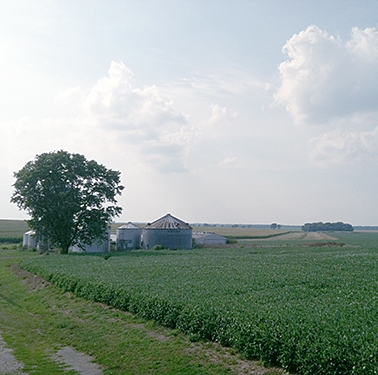Forecasting developments in production agriculture

On behalf of a private U.S. agricultural technology provider, WPI’s team generated an econometric model to forecast the movement of concentrated corn production north and west from the traditional U.S. Corn Belt. WPI’s model has subsequently provided quantitative support to a multi-million-dollar investment into short-season corn variety development. WPI’s methodology included a series of interviews with regional grain elevators and seed consultants. Emphasizing outreach and communication with stakeholders who possess intimate sectoral knowledge – on-the-ground insights – is a regular component of WPI’s methodologies, made possible by WPI’s ever-growing network of industry contacts.

 It was the last trading day of a shorter trading week that provided lots of inputs. It started with the Acreage and Quarterly Stocks reports, which changed little but they did confirm expectations. Weather continues to point toward ample crop supplies. President Trump teased there is a trade de...
It was the last trading day of a shorter trading week that provided lots of inputs. It started with the Acreage and Quarterly Stocks reports, which changed little but they did confirm expectations. Weather continues to point toward ample crop supplies. President Trump teased there is a trade de...
 Please note that Ag Perspectives will not be published tomorrow, Friday, 4 July in observance of the Fourth of July holiday in the U.S. We will resume our normal report schedule on Monday 7 July...
Please note that Ag Perspectives will not be published tomorrow, Friday, 4 July in observance of the Fourth of July holiday in the U.S. We will resume our normal report schedule on Monday 7 July...
 Pork export sales for the week ending 26 June slowed, following the large volume booked the previous week. However, in the last five weeks pork export sales have averaged over 30,000 MT per week. That is strong for this time of year. Outstanding pork sales at 202,497 MT are running about 10 per...
Pork export sales for the week ending 26 June slowed, following the large volume booked the previous week. However, in the last five weeks pork export sales have averaged over 30,000 MT per week. That is strong for this time of year. Outstanding pork sales at 202,497 MT are running about 10 per...